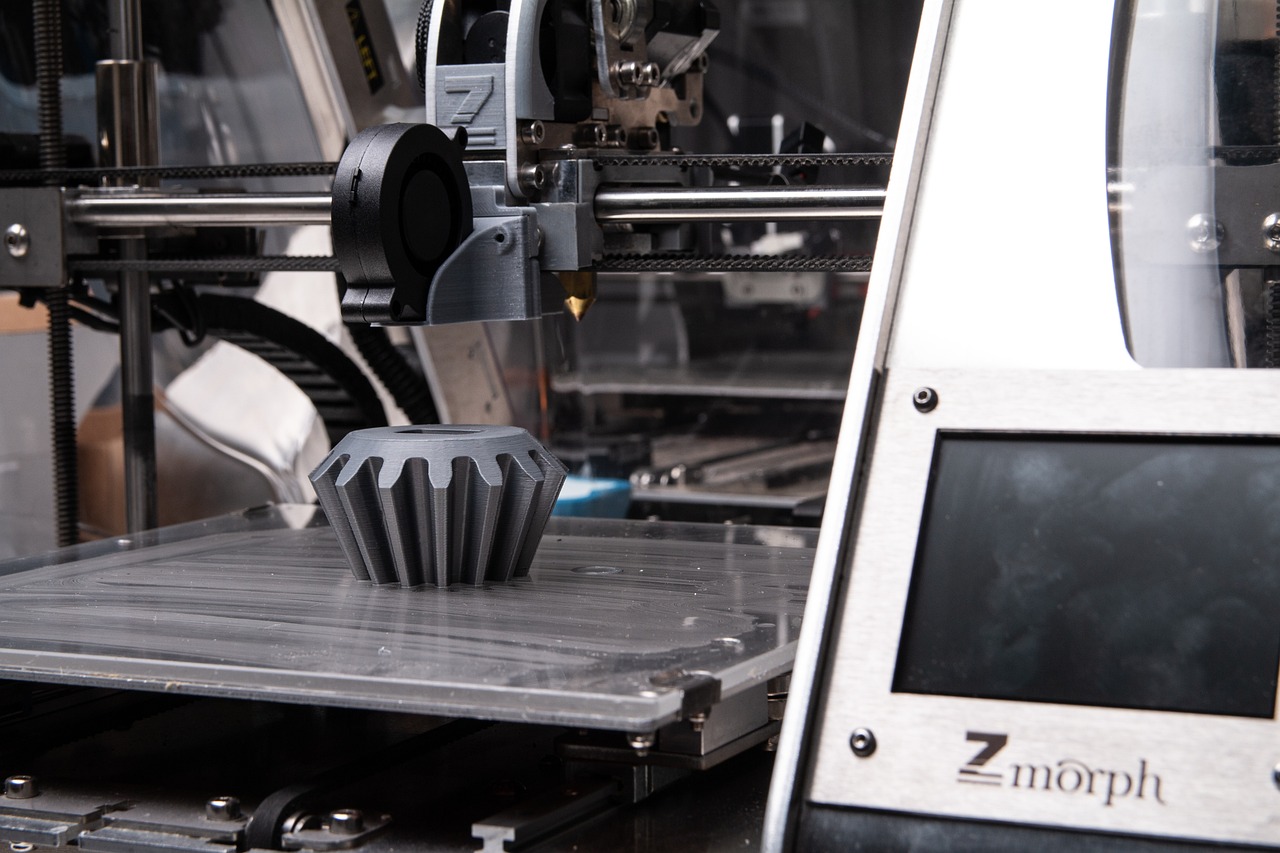
With the increasing popularity of 3D printing, it's now easier than ever to bring your ideas to life. Whether you're a hobbyist, artist, engineer, or entrepreneur, owning a 3D printer can greatly enhance your creativity and productivity. However, with so many options available in the market, it can be overwhelming to choose the right 3D printer for your needs. In this article, we will guide you through the essential factors to consider when selecting a 3D printer.
The most important factor to consider when selecting a 3D printer is its print quality. The quality of the prints depends on the printer's resolution, which is measured in microns. Lower micron values indicate higher resolution and finer details in the prints. However, printers with lower resolution tend to be more expensive. Additionally, it's important to consider the printer's ability to produce smooth surfaces without visible layer lines.
The size of the objects you want to print is another important consideration. The build volume refers to the maximum size of objects that can be printed by a 3D printer. Consider the dimensions of the objects you plan to print and choose a printer with a build volume that can accommodate your needs. Keep in mind that larger build volumes often come with higher costs.
Print speed is another crucial factor to consider. While faster printing can significantly reduce the time required to complete a print job, it often comes at the expense of print quality. It's essential to strike a balance between speed and quality that aligns with your specific requirements. Additionally, consider the printer's ability to print multiple colors or materials simultaneously, as that can affect the speed of printing as well.
3D printers can work with a variety of materials, including filament-based materials like PLA, ABS, and PETG, as well as resin-based materials. It's important to choose a printer that is compatible with the type of materials you want to use for your prints. Additionally, consider the availability and cost of these materials, as they can vary depending on the printer's compatibility and the brand.
Consider how you want to connect and control your 3D printer. Most printers offer USB and SD card connectivity, while others also offer Wi-Fi or Ethernet connectivity. Some printers come with built-in touchscreens or control panels, while others require connection to a computer for control. Consider your preferred method of connectivity and control and choose a printer that aligns with your needs.
Last but not least, consider your budget when selecting a 3D printer. Prices can range from a few hundred dollars to several thousand dollars depending on the print quality, build volume, and additional features. Set a realistic budget and look for a printer that offers the best value for the price.
By considering the factors mentioned above, you can confidently select a 3D printer that meets your needs and budget. Remember to assess the print quality, build volume, print speed, material compatibility, connectivity, and pricing before making a decision. With the right 3D printer, you'll be able to unlock your creativity and bring your ideas to life like never before.